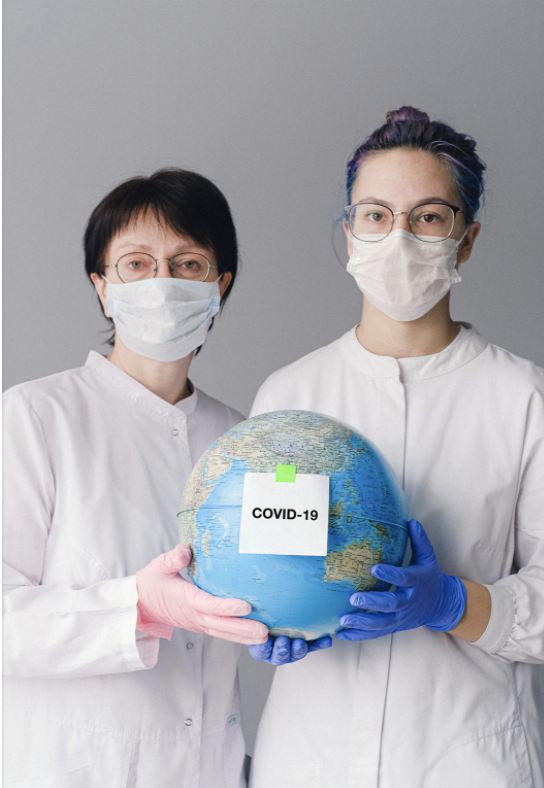Pandemic Predictions: What COVID Experts Expect For 2021
January 6, 2021

So you’ve thrown away your 2020 calendar and are staring at the blank slate for 2021 and wondering, when will life return to some level of normalcy? When will I be able to go to a movie, or dine inside a restaurant or hug loved ones, all without fear of becoming infected (or infecting others)? The answers to these basic questions are anything but simple. There’s a complexity and uncertainty that clouds all analysis about what the future holds and how quickly we can get there. Experts are divided about what a possible timetable looks like, but for the most part, they agree on one issue: Until we get vaccination rates up substantially (both making vaccines available and getting them into the arms of everyone, especially those with the most risk) we are a long way away from returning to any kind of normalcy.
First, some general projections. According to writer Andrew Joseph in STAT, we can anticipate 5 milestones in the coming year that will shape and reflect where we are in terms of overcoming the pandemic. Those important milestones include: the inauguration of Joseph Biden as president (with the anticipated new federal oversight and increase in vaccinations); the inevitable carnage and trauma we are likely to see in late January as new viral surges are at their peak; late June, when we should have a better sense of how vaccination rates are going; the July Olympics in Tokyo (which will likely reflect massive global inequities when it comes to vaccine availability); and next year’s winter holiday season, which many anticipate will reflect a return to some level of normalcy. In a survey of experts in the Washington Post, most experts were reluctant to give specific timelines for some sense of normalcy but all touched on the need for herd immunity, which is to-date still an undetermined number and will very much depend on vaccine rates and willingness to be vaccinated.
Experts consulted by The New York Times also weighed in on what to anticipate now that the vaccine is here. Half of the 700 epidemiologists contacted stated they would not change their current risk-prevention behaviors until at least 70% of the population has been vaccinated. Even if you’ve been vaccinated, there are lots of reasons to proceed with caution, including continuing with masks and limiting your indoor exposures with people outside your immediate household. Why? Because: vaccines are not perfect; we still don’t know for certain if the vaccine prevents you from becoming infected (and possibly spreading the virus) even if it eliminates severe symptoms; we don’t know how long the immunity will last; and especially with viral infections high right now, it makes it harder for the vaccines to do their job. As one expert warned, it’s better to think about how we will move forward rather than go back to “normal.” And writing in The Atlantic, writer Ed Yong describes what he calls “the new patchwork” given the inequities in our own health care system as well as those of other countries, we are likely to be left with “patchwork” immunity, where there will be unvaccinated clusters around our country and around the globe where the virus will continue to fester and infect.
Finally, when we eventually feel we have a solid handle on the virus, there will be a serious residue of trauma and tragedy, along with difficult issues we will need to tackle. Fortunately, there will be a few silver linings, such as enhanced access to telemedicine, better hygiene and infection control, and even a new understanding of what’s important in life. However, it’s likely that thousands will continue to linger with “long-haul symptoms” of COVID, and our health care system will need to be rebuilt and reconsidered given the severe toll the virus has taken on staff and systems. We will always be on guard for a new outbreak or even another virus, which is likely to be even worse, and test our public system even further. It’s never too early to start preparing for the next one, which is one of the sad lessons we’ve all learned from the ongoing COVID-19 pandemic.







